T4K3.news
Gaza City faces growing humanitarian crisis
Civilians flee bombardment as aid access remains limited and malnutrition rises, with international calls for action.
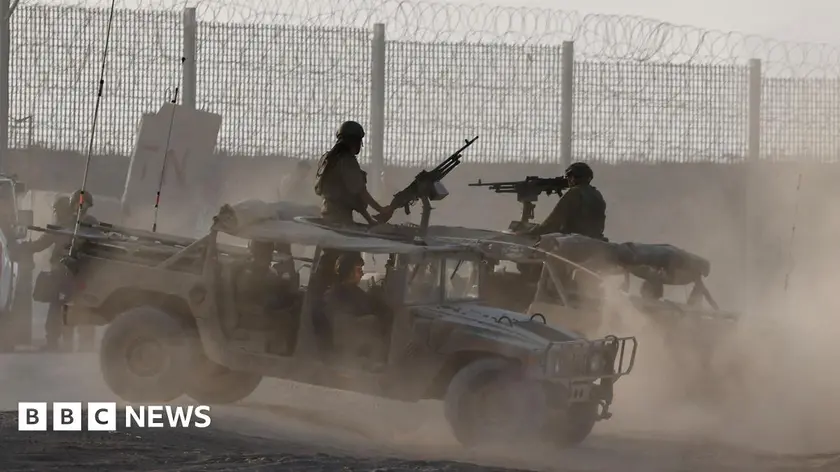
The conflict deepens as civilians escape bombardment while residents protest a plan they view as sealing occupation.
Gaza City civilians flee Israeli raids as protests grow against occupation plan
Gaza City's Hamas run administration says about 80 percent of the area's infrastructure has been damaged after nearly two years of Israeli attacks. Four remaining hospitals are operating at less than 20 percent of capacity due to shortages of medicines and supplies.
The United Nations estimates that about 1.9 million people in Gaza have been displaced, roughly 90 percent of the population. The UN also warns of widespread malnutrition and famine possible scenarios as aid access remains restricted. On Saturday, Gaza’s health ministry reported 11 more deaths from malnutrition, including a child, bringing the tally to 251 deaths, with 108 of them children. A Gazan woman evacuated to Italy for treatment died in Pisa after arriving severely underweight, highlighting the desperation tied to medical and humanitarian care.
International voices including the UK, EU, Australia, Canada and Japan have warned that famine is unfolding and urged action to reverse starvation. Aid groups say they have been unable to deliver a single humanitarian truck to Gaza since March, due to blockades and gate closures at border crossings. Local authorities say at least 13 people were shot by Israeli troops while waiting for food near distribution sites. UN figures show at least 1,760 Palestinians have been killed while seeking food since late May, with the broader toll of the war surpassing 61,000 according to Hamas health ministry figures that the UN treats as credible.
Key Takeaways
"Hospitals are operating at less than 20 percent capacity due to shortages."
Hospital operations in Gaza according to local authorities.
"This is not just a crisis; it is a warning to the world."
Editorial assessment on the broader implications of aid delays.
"We cannot let a generation starve while war rages on."
A humanitarian worker describing conditions in Gaza.
The crisis lays bare the friction between military action and humanitarian duty. Even as the world speaks of famine warnings, practical relief remains constrained by limited aid corridors and political pushback. The result is a humanitarian clock that risks slipping beyond a fix. The reporting also underscores how numbers of displaced and dead have become a backdrop to daily life marked by fear, hunger, and incomplete information. The question for leaders is not only how to stop the fighting but how to shield innocent civilians from the worst outcomes as aid delivery struggles to reach them.
Highlights
- Aid lifelines are shrinking and time is running out.
- Famine is unfolding in front of our eyes.
- We cannot wait for relief while people starve.
- This crisis tests the conscience of the international community.
Rising humanitarian risk tied to political and logistical barriers
The piece touches on sensitive political dynamics, active conflict, and large scale displacement. It highlights potential public reactions to aid restrictions and international responses, which could invite political backlash or diplomatic tension.
The coming days will reveal whether relief channels can reopen fast enough to avert a deeper humanitarian catastrophe.
Enjoyed this? Let your friends know!
Related News
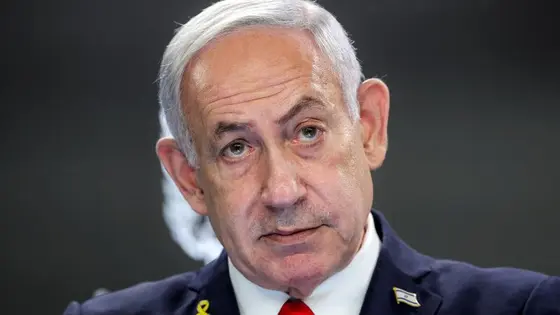
Gaza City takeover defended by Netanyahu
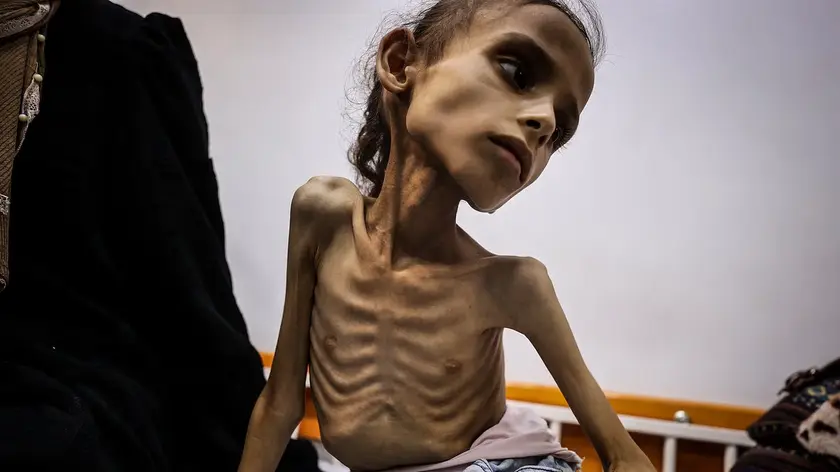
Disturbing images reveal child malnutrition crisis in Gaza
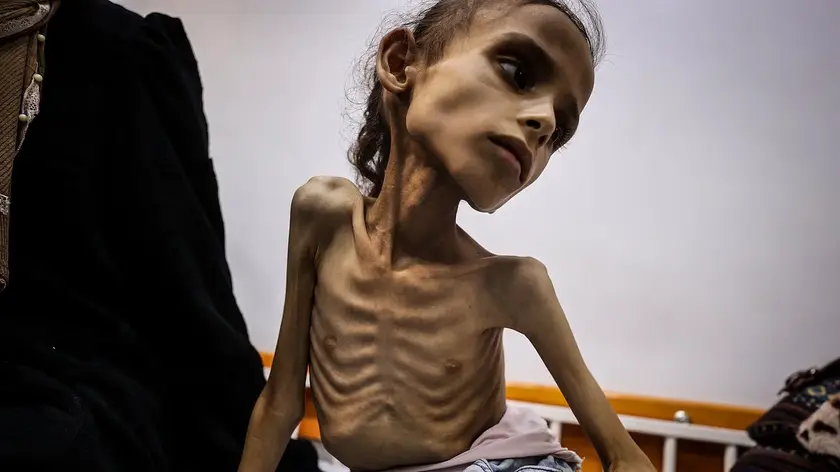
New photos of Maryam Duvvas illustrate severe malnutrition in Gaza
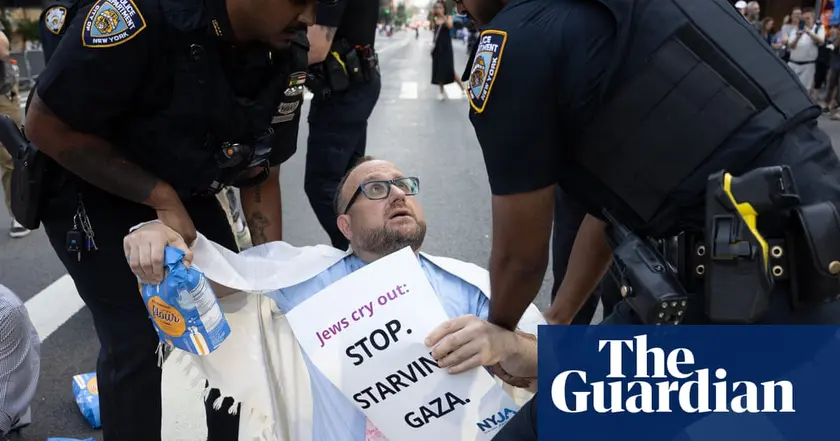
Jewish American groups demand humanitarian aid for Gaza
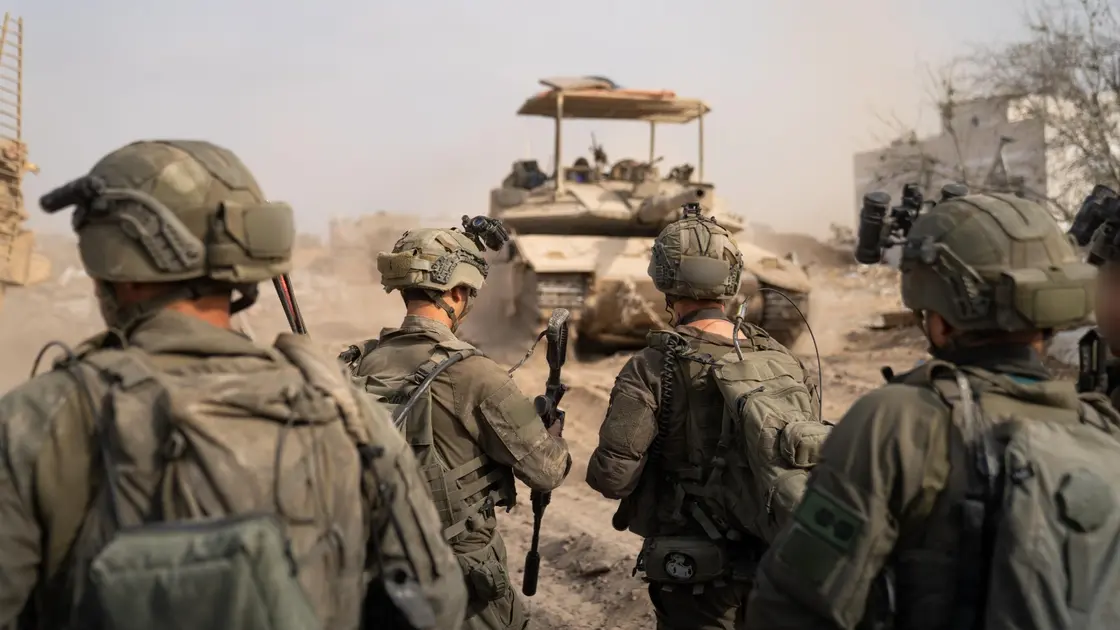
IDF advances in Zeitoun
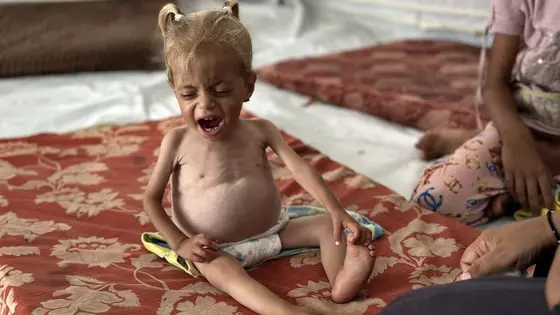
Gaza faces severe starvation crisis
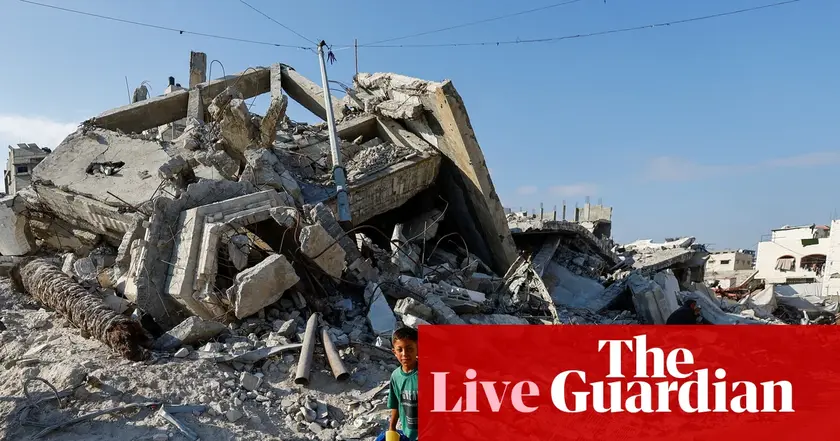
Twenty fatalities reported in Gaza aid truck tragedy
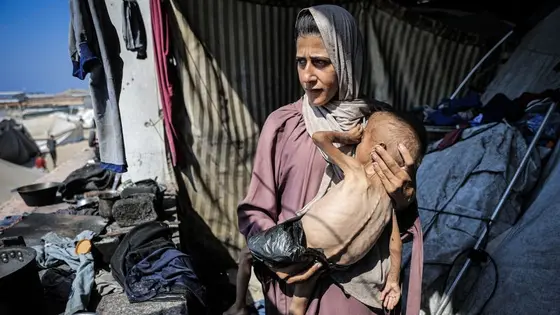
Gaza aid crisis deepens amid ongoing conflict
